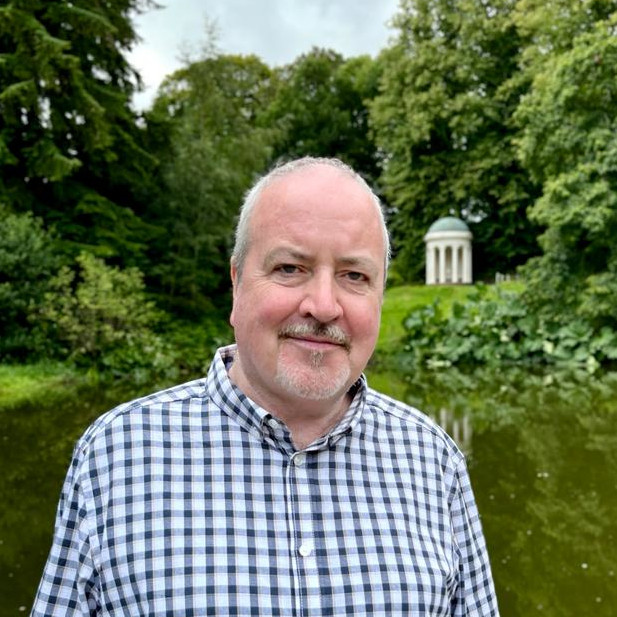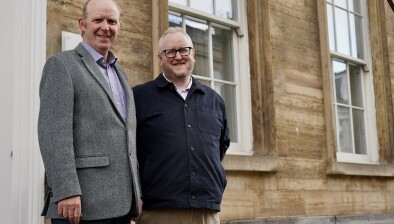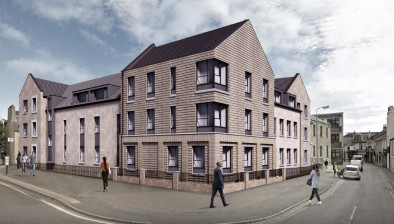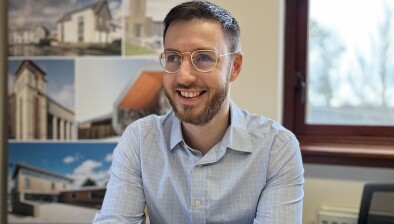Construction Leader: Gordon Megahy being a good sport at Clancy Consulting
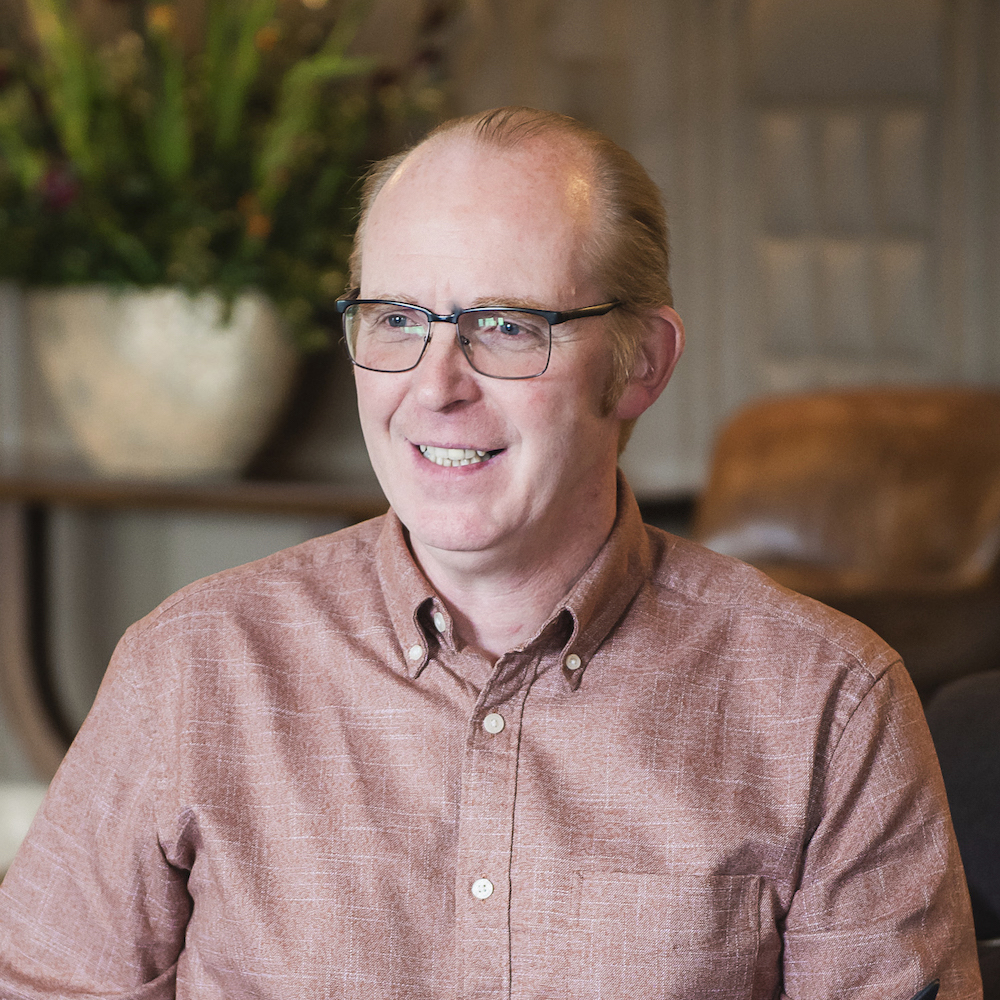
Gordon Megahy
This month’s SCN Construction Leader, Gordon Megahy tells Colin Cardwell about his journey to Clancy Consulting, his love of timber and the firm’s work on high profile sporting projects.
Clancy Consulting, it seems, knows how to keep ahead of the game. The multi-disciplinary engineering consultancy firm recently saw the opening of Ayr United’s new North Stand at Somerset Park, a project led by structural engineer Ross Taylor, with a friendly against Celtic and just in time for the new football season.
The company was also engaged to provide civil and structural engineering design services to upgrade the greenkeeper and practice facilities at Royal Troon Golf Club, which recently hosted the 152nd Open this year.
These projects says Gordon Megahy, director of the company’s Scottish operation, are part of a commitment to Clancy’s ability “to understand and solve engineering challenges with high-quality technical solutions that bring a creative approach to overcoming the challenges clients and their wider communities face” in what remains a challenging economic climate.
With 22 staff at offices in Glasgow and Prestwick, Mr Megahy heads the Scottish part of the wider company, which comprises a workforce of 250 across the UK as a whole, 220 of them being technical staff.
Other recent projects undertaken by the Prestwick office include Helensburgh Leisure Centre for Argyll and Bute Council and 130 energy efficient homes in Annan for Cunninghame Housing Association.
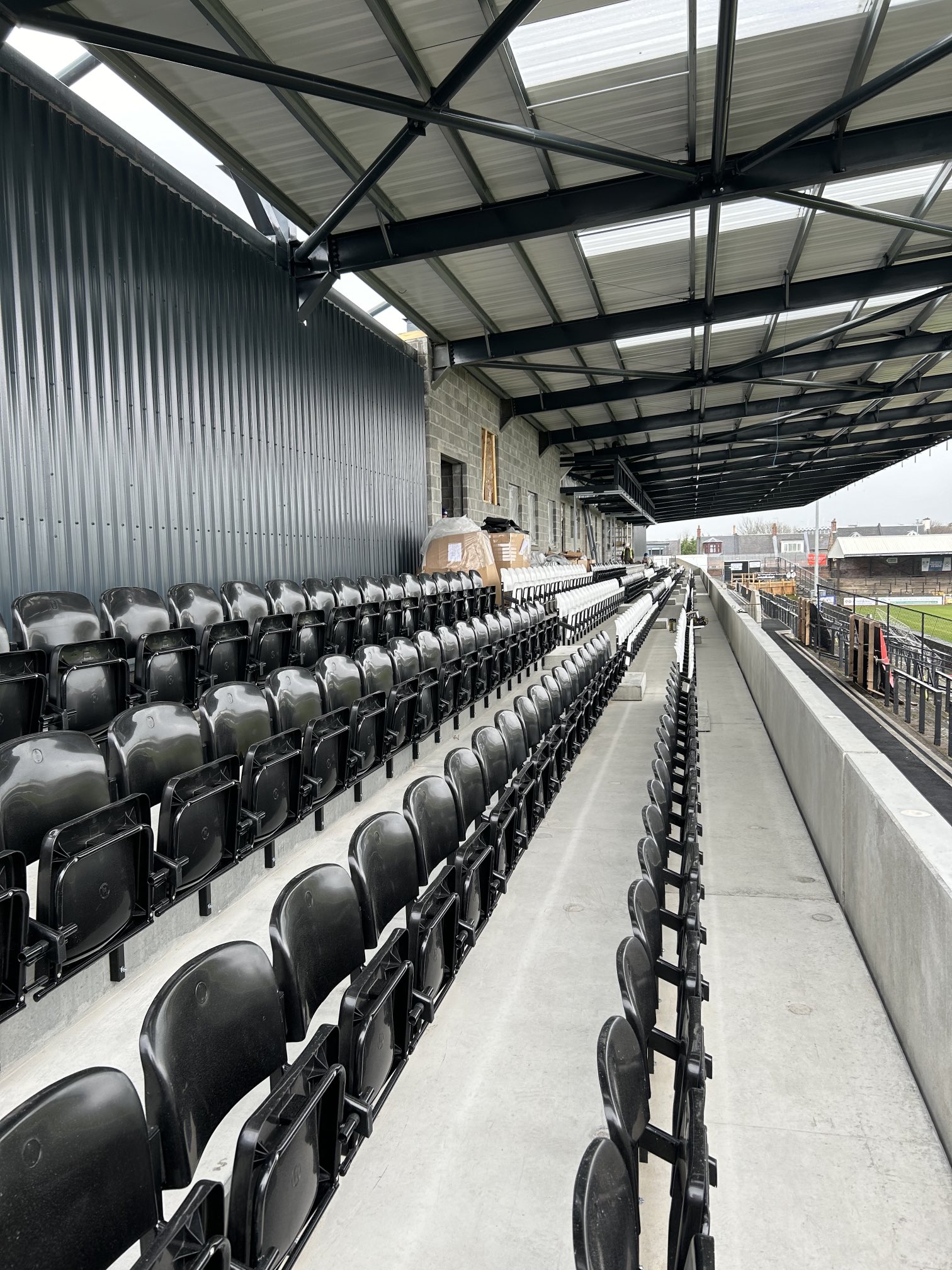
The new North Stand at Ayr United’s Somerset Park
To mix sporting metaphors, Mr Megahy is familiar with playing the long game. A Chartered Civil and Structural Engineer with just under 40 years’ experience in the industry, he joined Clancy in 2021, firstly as divisional director and now director for Scotland since 2023.
This followed 32 years as managing director of DBM Consultants which was acquired by the UK-wide company. His expertise in timber kit design, Structural Insulated Panels (SIPs), glulam and cross-laminated timber design brought complementary skills that proved to be of benefit to both companies at their merger, with Clancy remaining resolutely committed to values of sustainability.
His father was a structural engineer who had originally set up DBM and Mr Megahy followed in his footsteps, going on to develop the firm into an operation specialising in timber design.
“We had just come through a recession in the mid to late 1990s and several mid-sized engineering firms were experiencing difficulties,” he recalls.
“The logic at the time was that you had either to become big or you really had to specialise and I focused on timber engineering for a couple of reasons: one was that it really interested me and the second was timber’s credentials as a sustainable construction material which were becoming increasingly noticed.
“Back in the mid-1990s, timber frame construction wasn’t hugely high on the agenda – but it was obvious that it would be,” he adds. He had also noted that timber frame construction was becoming much more important in the Scottish marketplace than in England.
Measured in new-start houses, this could now represent between 40 per cent and 90 per cent in Scotland as opposed to between nine and 12 per cent in England, depending on where the numbers derive, with a total percentage of 23 per cent in the UK overall.
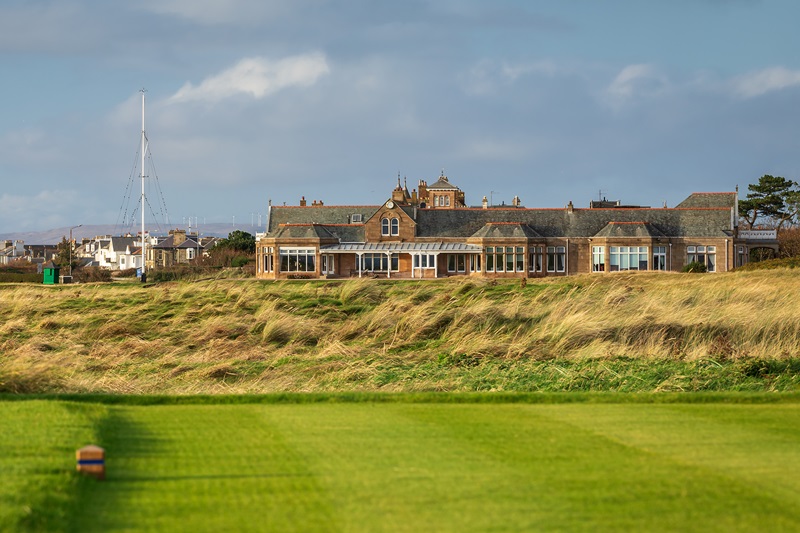
Royal Troon Golf Club
He highlights a chance, almost freakish, event that influenced this shortfall in England – a single investigative World in Action documentary in 1983 alleging that timber-frame construction could not produce houses that would last, citing rot in the frames of nine-year-old homes and blaming timber frame for a fire in the Midlands.
Scottish buyers though did not react to the claims and structural timber frame technology continued to develop apace. “I think our industry was slightly more mature so that even then we had the skills to develop it, and we just had the appetite to keep going,” says Mr Megahy.
He cites some of the pluses of timber construction over brick and block. “While timber frame is essentially cost neutral there is a time advantage on-site as opposed to brick and block as timber frame allows increased off-site manufacturing.
“The technology has developed so that we’re getting to the stage now where panels are fully insulated with windows pre-fitted – and off-site manufacture gives you much better quality control which all takes place in view; there’s nothing hidden.”
Another major factor in timber construction’s attraction is sustainability; the fact that with brick and block the embodied CO₂ is much greater than timber, which has a negative 600kg of CO₂ per cubic metre as it sequesters large amounts of the gas from the atmosphere during the growth of trees.
“That means timber having a negative number that offsets the rest of your construction – the foundations for example – that involves embodied carbon, he says.”
Mr Megahy is a member of the Structural Timber Association (STA). He serves on the STA’s Board and since joining Clancy he has also received accreditation through reaching the STA Assure Gold standard for the practice.
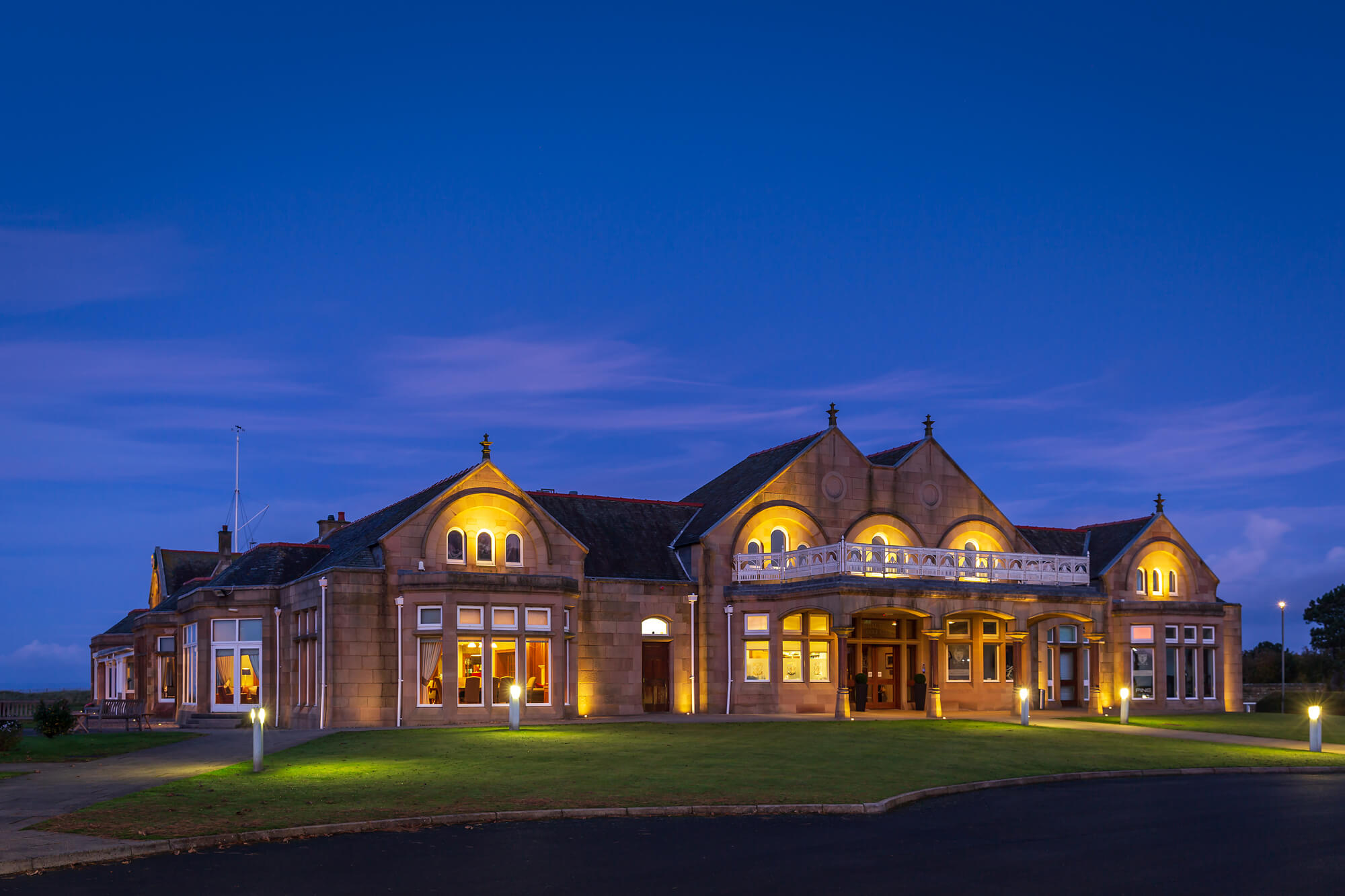
The company, he says, is acutely aware of the global climate emergency and has set the target of becoming carbon neutral by 2030, working toward achieving net-zero carbon by 2045.
The UK Government prepared a paper last year called the Timber in Construction (TiC) Roadmap in which it recognised that if it is going to meet its own net zero target by 2050.
With construction responsible for 40 per cent of all emissions, Mr Megahy believes it is clear it must consider the behaviour of the UK construction sector – and the materials used.
“We’ve been working with the Confederation of Forest Industries (Confor) to try to educate people regarding homegrown timber rather than that imported from countries such as Sweden because a lot of the timber that is homegrown currently goes for furniture and biomass.”
This includes going into schools, colleges and universities and speaking to pupils and students – and involves as much work experience for students as Clancy can give them. “We’re transferring a summer student into a full-time employee this year and are very keen on working with communities,” he says.
Clancy, he adds, has a wide range of clients and he highlights good relationships with local authorities, especially North Ayrshire, plus several contractors and private clients, some of them very sizeable, and agricultural buildings and commercial work, including companies within Prestwick Airport.
Mr Megahy is encouraged that the company has several projects currently at planning stage and while he’s pleased with the glamour that some, such as Somerset Park, lend to Clancy’s presence in Scotland, he admits that while he once played rugby, golf is his sport of choice. “It would take me the width of a football field to change direction these days,” he laughs.







